Instruction is provided in the use of dent hammers dent balls and barrels mandrels burnishers and other tools of the industry. By using a film sensor holder with still.
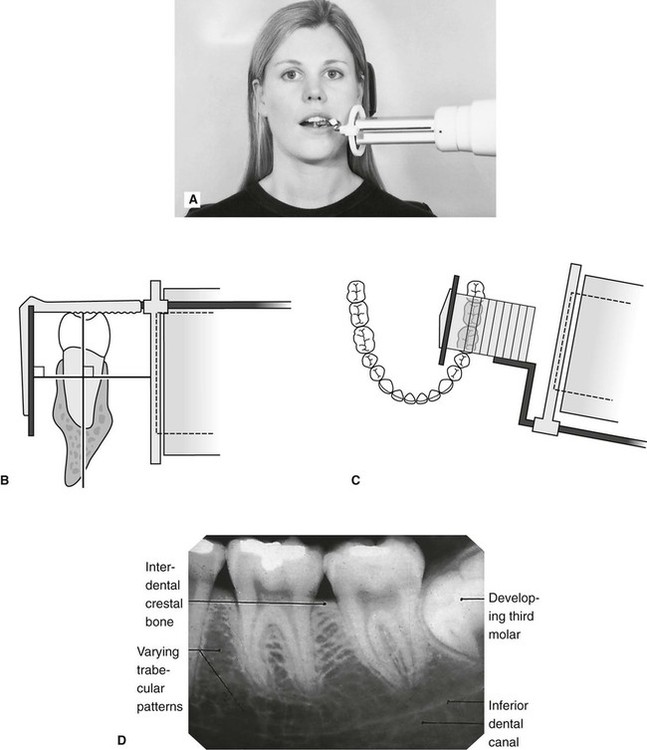
Periapical Radiography Pocket Dentistry
A long cone is used to take x-rays with paralleling exposure techniques.

. Assessment of root morphology. By using a filmsensor holder with fixed image receptor and. Periapical film is held parallel to the long axis of the tooth using film-holding instruments.
When comparing the two periapical techniques the. Periapical images have been collected using the FONA X70 Intraoral X-rays machine and PSPIX Imaging Plates. Periapical views are used to record the crowns roots and surrounding bone.
Most frequently used radiography is for the periapical which is performed by the bisecting Thus when considering the execution of the radiographic technique and the possibility of errors that occur during the exposure of X-ray image XR receptors it is important to identify those that occur more frequently. With this technique the film is placed parallel to the long axis of a tooth allowing the X-ray to be focused perpendicular to the long axis of the tooth. The central ray is directed to pass at a perpendicular angle to both the tooth and the film.
To take a periapical exposure the hygienist or x-ray technician places a small photosensitive imaging plate coated with phosphorus into a sterile wrapper and inserts it into the patients mouth just like a conventional X-ray film card. The patient is seated upright in the dental chair and should remove any removable dental appliances glasses or jewelry that could interfere with the X-ray beam. Periapical film is held parallel to the long axis of the tooth using film-holding instruments.
Periapical X-ray images expor ting results and reading results. All radiographs were obtained by digital x. The image receptor is placed in a holder and positioned in the mouth parallel to the long axis of the tooth under.
Exclusion criteria were periapical X-ray images of tooth germs or images which have distortion effects. The X-ray is taken and the exposed plate is then loaded into a scanner or processor which reads the image. Occlusal X-rays show full tooth development and placement 9.
Different techniques and instruments are used to drain and decompress large periapical lesions ranging from placing a stainless steel tube into the root canal exhibiting persistent apical exudation 202 204 which is non-surgical decompression to placing polyvinyl or polyethylene tubes through the alveolar mucosa covering the apical lesion which is surgical. The paralleling technique results in good quality x-rays with a minimum of distortion and is the most reliable technique for taking periapical x-rays. For this purpose a special technique of periapical radiography was developed by Gordon M.
The patient was positioned upright with hisher mouth was opened as wide as possible to allow the X-ray beam to pass to the sensor unobstructed from the opposite side of the mouth. RADIOGRAPHS Periapical Bitewing Occlusal 2. Size 2 Film is used for Anterior and Posterior X-rays when Bisecting.
Fitzgerald called as paralleling or long cone technique. Assessment of root formation n completion. Machine learning techniques th e more images in the dataset we.
When comparing the two periapical techniques the advantages of the bisecting angle technique are. Extraoral radiograph Panoramic X-ray Tomograms Cephalometric projections Sialography Computed tomography 10. Periapical X-rays are used to detect any abnormalities of the root structure and surrounding bone structure.
Paralleling Technique for Periapical X-rays The paralleling technique results in good quality x-rays with a minimum of distortion and is the most reliable technique for taking periapical x-rays. Ensure they are seated high enough so it is easy to see the occlusal. Paralleling Technique for Periapical X-rays The paralleling technique results in good quality x-rays with a minimum of distortion and is the most reliable technique for taking periapical x-rays.
Since the slope and curvature of the dental arches and the alveolar processes will. Periapical views are used to record the crowns roots and surrounding bone. I Periapical X-ray corroborates the periodontal regeneration in close contact with MTA filling.
Inclusion criteria included periapical X-ray images of permanents teeth and patients aged 14 years old with good sharpness. Because the film is placed in the mouth at an angle to the long axis of the teeth. Assessment of relationship of roots to various vital structures.
Parallel technique The image receptor is placed in a holder and placed in the mouth parallel to the longitudinal axis of the tooth under. Since the slope and curvature of the dental arches and the alveolar processes will not permit the film to be held close to the teeth. The center ray of the X-Ray beam is aimed at 90 degrees to an imaginary line that bisects the angle created by the long axis of the tooth.
The film is placed parallel to the long axis of the tooth in question and the central x-ray beam should be directed perpendicular to the long axis of the tooth. The extraoral periapical radiographic technique was performed for both maxillary and mandibular teeth using Newman and Friedman technique2. Radiographic techniques 1.
X ray films hmdali. The snap-a-ray is used. The X-ray tubehead is then aimed at right angles vertically and horizontally to both the tooth and the image.
50 patients had their periapical dental radiographs taken utilizing the long cone paralleling technique. Implant site assessment and. The X-ray head is directed at right angles vertically and horizontally of both the tooth and the image receptor.
Periapical X-rays. The film is placed parallel to the long axis of the tooth to be radiographed and the central beam of X-ray is directed at right angle to the film and the teeth. The snap-a-ray is used.
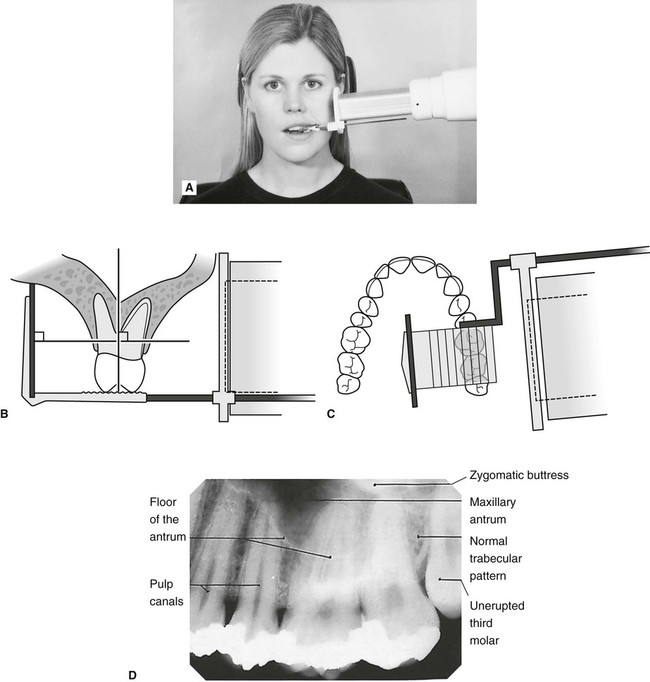
Periapical Radiography Pocket Dentistry
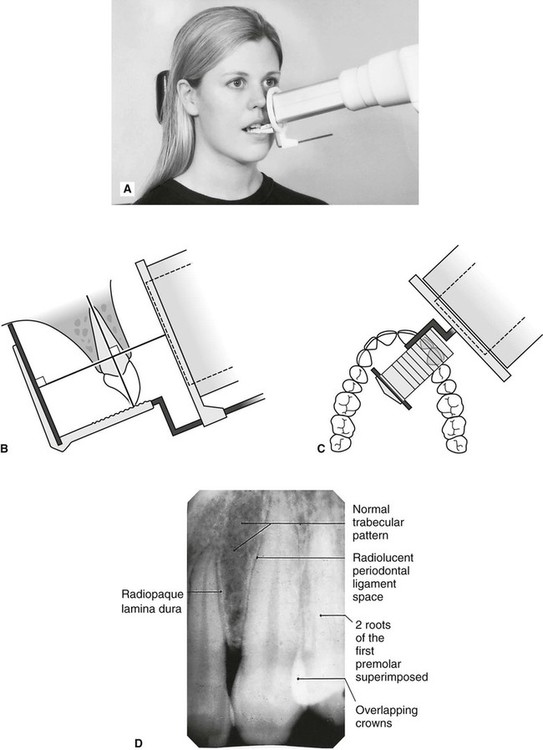
Periapical Radiography Pocket Dentistry
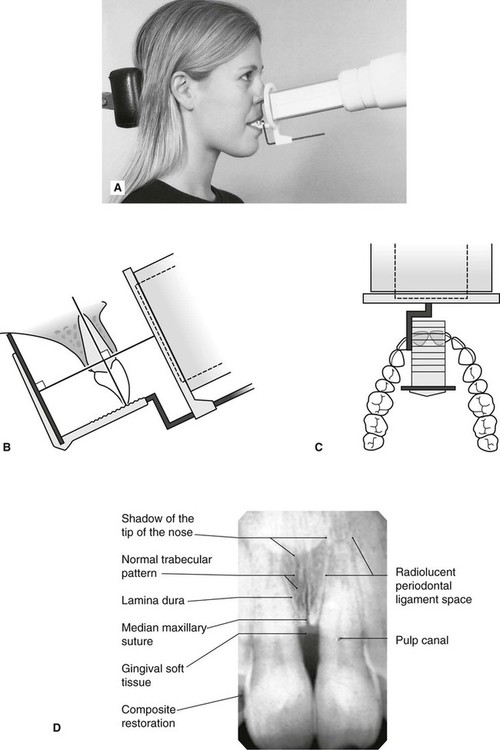
Periapical Radiography Pocket Dentistry
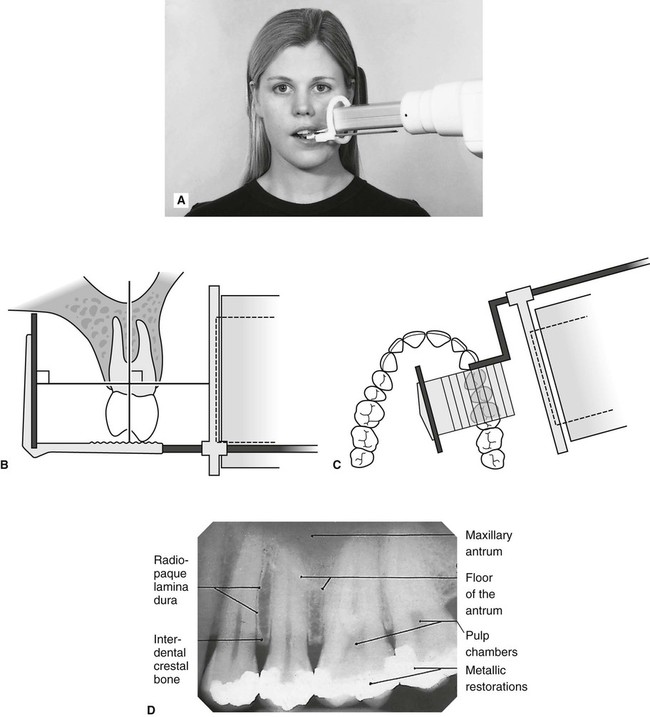
Periapical Radiography Pocket Dentistry

Periapical Radiography Pocket Dentistry

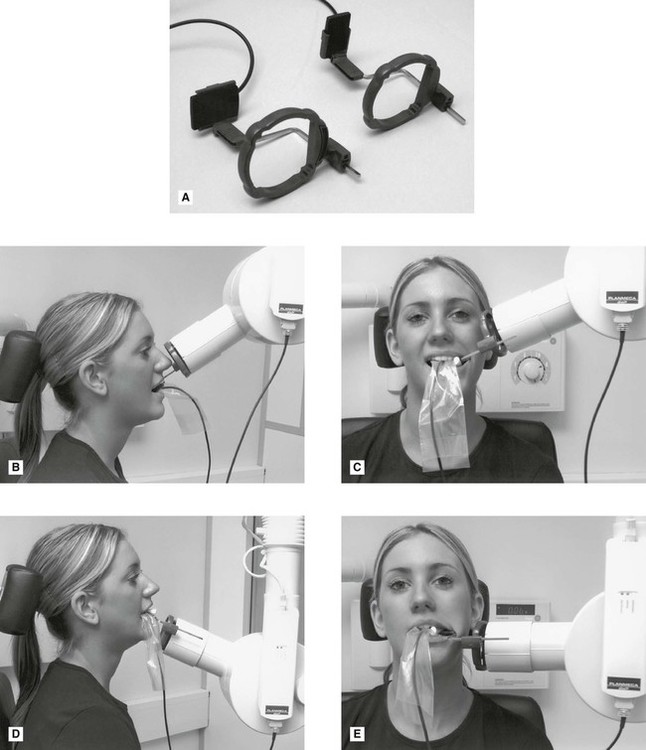
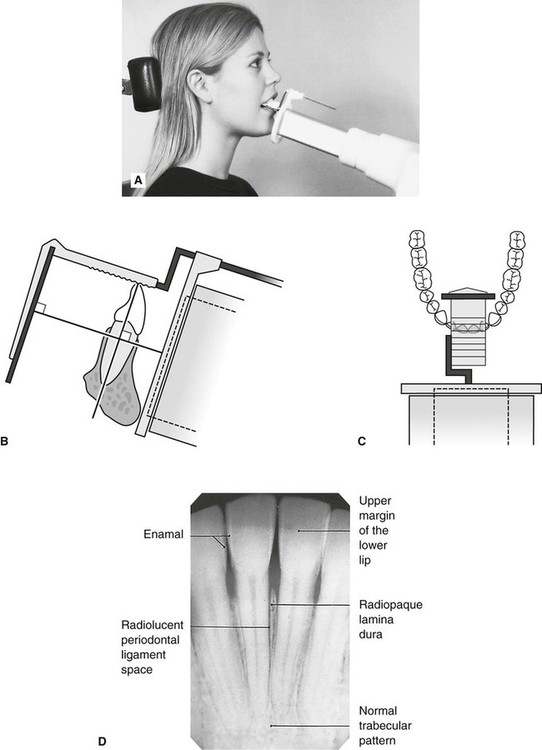
0 comments
Post a Comment